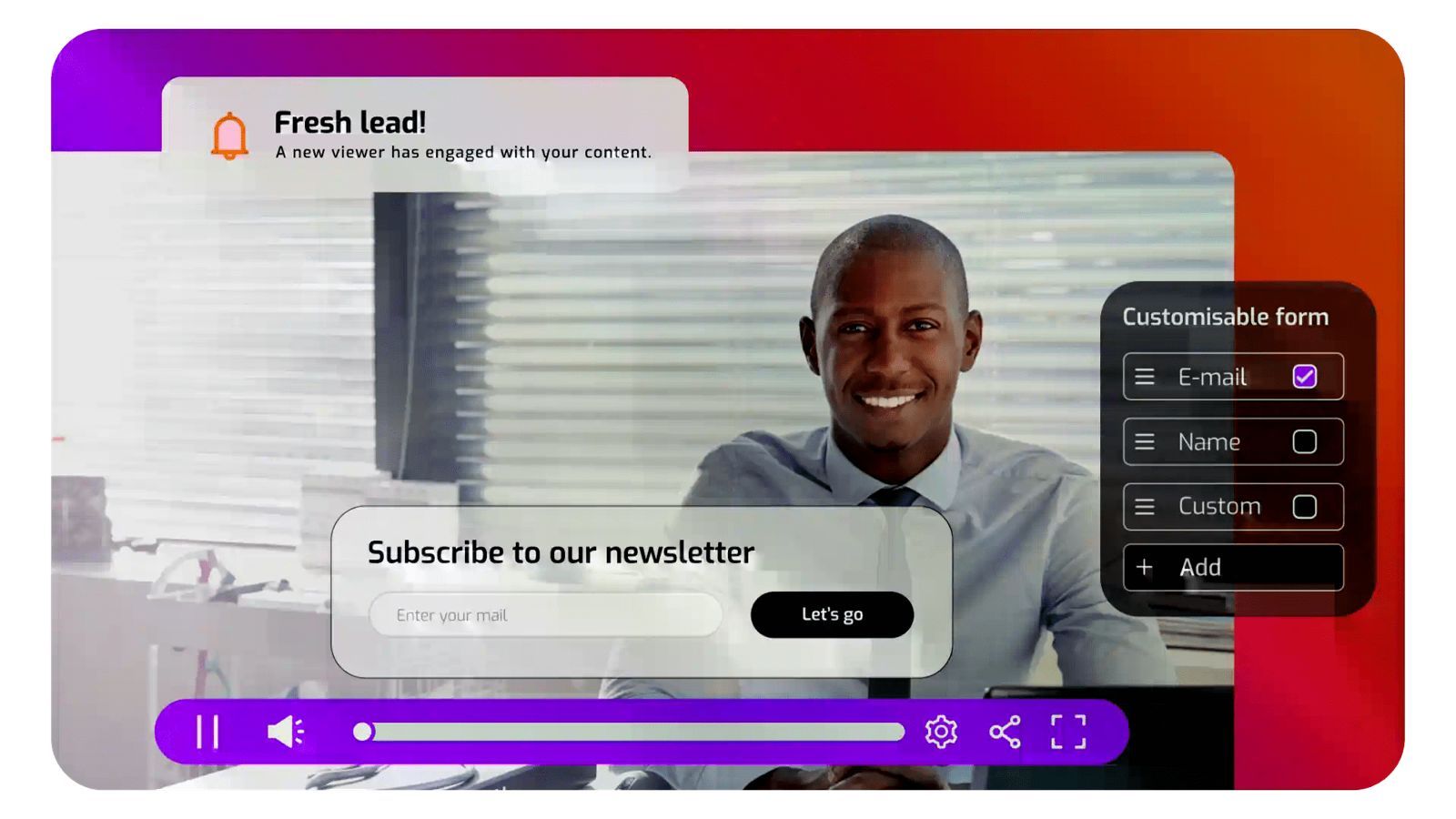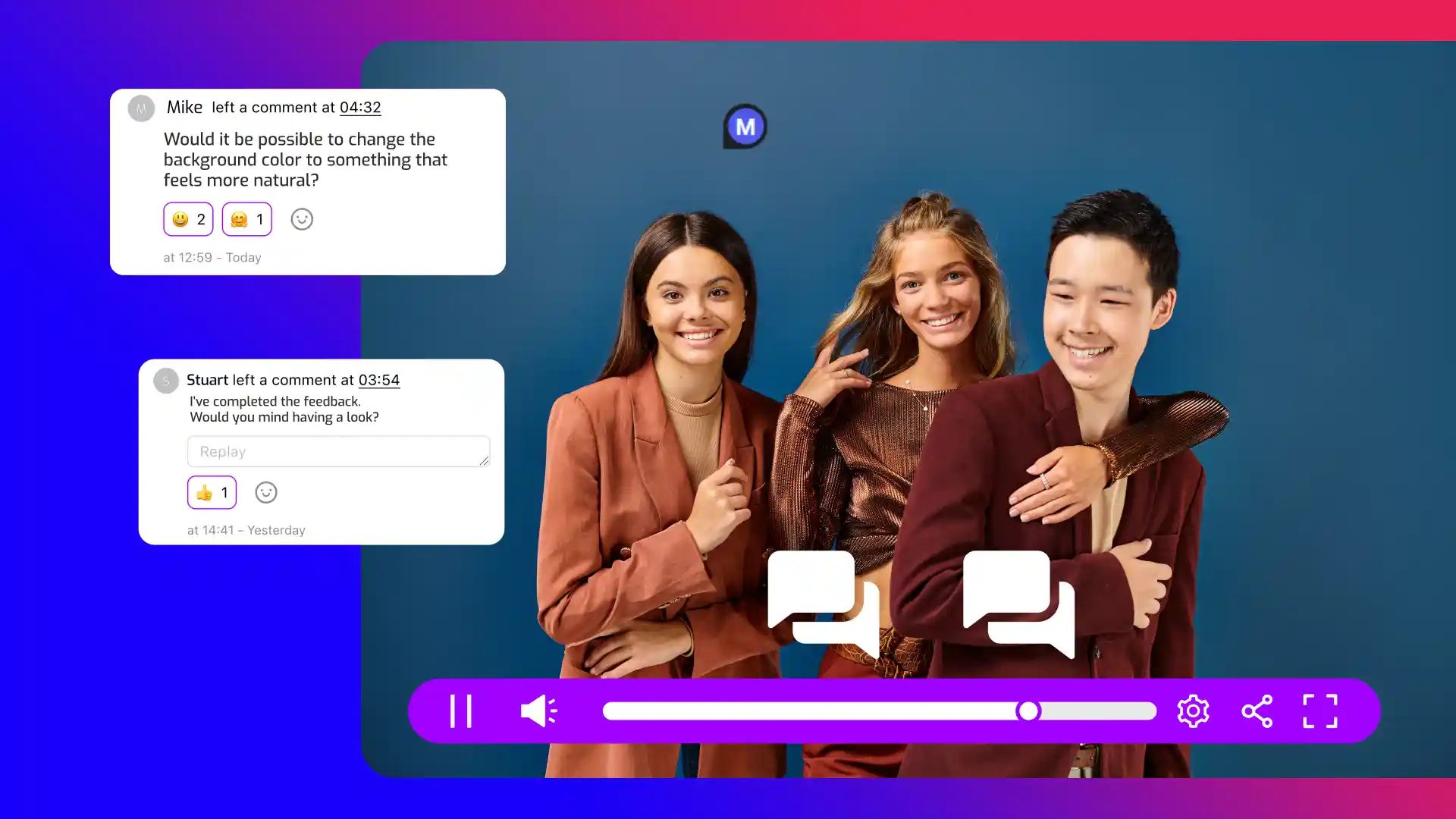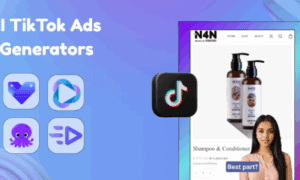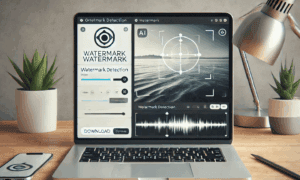Someone clicks on your video. It plays through, offering information but no real moment of connection. They lose interest, scroll away, and the opportunity vanishes.
Now imagine the same video, reworked for action. The viewer chooses what to watch, explores key features, and responds to prompts directly within the video. They stay on screen, engaged from start to finish. Moments later, they’ve signed up, requested a demo, or placed an order.
This shift in interaction changes the outcome entirely. One format delivers content without input. The other turns the viewer into an active participant.
Smarter video hosting platforms like Cinema8 enable video marketers to host their videos with interactivity, helping bridge the gap between engagement and results. Interactive videos achieve this by encouraging viewers to interact, explore, and take the next step. It turns watching into doing, and more importantly, into converting.
Below are four ways smarter video hosting with interactivity can help you drive results that go beyond impressions.

Turn attention into action at every stage of the funnel
Video is often used to build awareness, but it rarely guides the viewer beyond that first impression. Interactive video changes this by creating small moments of engagement throughout the journey, from awareness to consideration, and ultimately, to purchase.
At the top of the funnel, interactive videos might invite users to choose their preferred topic, product line, or persona. This immediately personalises the experience and increases the chance of sustained attention. In the middle, branching paths help viewers compare features or watch scenario-specific content based on their selections. At the bottom, buttons, forms, and one-click actions are placed within the video itself to reduce steps between interest and conversion.
This experience gives the viewer control without losing momentum. As a result, they are more likely to stay engaged and take meaningful action.
Use proven formats that boost conversion
Marketers across industries are using interactive video to drive measurable outcomes. Whether the goal is to generate leads, promote products, or simplify onboarding, this format creates clear pathways to conversion.
For example, many companies are replacing static lead forms with interactive videos that ask qualifying questions inside the content. These videos capture information without interrupting the flow, making it easier for users to respond. In e-commerce, interactive product demos allow customers to click through colours, sizes, or add-ons directly within the video. With each choice, intent becomes clearer, and conversions increase.
Calls to action also benefit from being embedded at the right moment. A viewer who has just finished exploring a product’s top features can immediately click to try it, book a demo, or make a purchase. These timely prompts feel more natural and perform better than CTAs placed after the fact.

Track engagement with data that matters
Traditional video metrics tend to stop at surface-level indicators like views or average watch time. While these figures show reach, they do not tell you what viewers actually did or how close they were to converting.
Interactive video fills that gap. Marketers can track how many users clicked specific elements, completed embedded forms, or dropped off during a certain section. This type of data is more actionable, especially when compared to impressions or generic engagement scores.
By studying viewer behaviour inside the video, you can identify what works, what’s being ignored, and where your audience is most engaged. These insights lead to better decision-making and stronger performance over time.
Optimise every interaction for better results
To get the most out of your video engagement, testing is essential. Results come from well-placed interactive features designed with clear intent and informed by real viewer behaviour.
Start by defining the key actions you want viewers to take, such as filling out a form, clicking through a product tour, or booking a call. Use built-in analytics tools to test variations. You can experiment with video length, change the position of buttons, or adjust the order of choices in branching scenarios.
Additionally, A/B testing helps identify which version leads to better outcomes. Over time, patterns will emerge that show what drives conversions and what needs refining. This allows marketers to continuously improve their strategy, rather than relying on assumptions.
Interactive video platforms also support real-time adjustments. You can modify sequences, update CTAs, or test new ideas without needing to rebuild the video from scratch.
This flexibility keeps your campaigns agile and responsive.

Final thoughts on converting more with interactive video
If you are aiming for results, it’s time to stop treating video as a one-way format. Interactive video gives viewers the ability to participate, decide, and respond in the moment, rather than waiting until the content ends.
By turning each touchpoint into an opportunity for engagement, interactive video supports conversions across the entire funnel. It helps brands deliver more personalised, measurable, and responsive content that speaks directly to the viewer’s intent.
To see how interactive content can drive your next campaign, check out this interactive video marketing guide to learn what works and how to implement it.



































